Subtotal
$0.00
or
Maybe you knew, or maybe you didn't, but all known dog breeds today owe their existence to the wolf.
From the wolf we also have another lesser known species called the Red Wolf. A complicated species, which some scientists today have trouble referring to as a separate species. Its origins resulted from lone wolves, who left their pack for one reason or another and mated with a coyote.
I mention all of this as we have yet another interesting new “species” which appears to be a combination of wolf, coyote, and domestic dog.
Enter the Coywolf. Seemingly right under our proverbial noses, this hybrid has emerged on the scene in startling numbers with some biologists calling it nothing short of amazing.
In the northeastern region of North America more than a century ago, the wolf as we know it was in trouble. Humans were altering their habitat through deforestation and creating new farmlands for themselves. This left the remaining wolves hard-pressed to find any other wolves, and as a result, they began to take notice of the coyote and the occasional farmer's dog with greater interest. I guess they liked what they saw.
Instead of a weaker offspring, what emerged was more advanced in seemingly every sense
said Dr. Roland Kays of North Carolina State University. Their physical traits are impressive, they weigh twice as much on average than a coyote and they are able to hunt deer and even bring down a moose due to their enlarged jaws, increased muscles, and very quick legs. Ecologist and evolutionary biologist Javier Monzon from Stony Brook University in New York currently residing at Pepperdine University in California, analyzed 437 coywolves DNA and “found the genes to be about 65 percent wolf, 25 percent coyote, and 10 percent dog.”
Beyond their physical attributes these animals are unlike any of the animals they represent individually. Coyotes are more public as far as their habitats, whereas wolves are more private, preferring forests. Coywolves can do both. They have sprung up in Boston, Washington DC, and New York City with the Gotham Coyote Project indicating there are roughly 20 coywolves in the greater New York area.
The unintended consequences of evolution; natural or otherwise, the Coywolf is here to stay. What they become and how we evolve with them is a story still left to be told.
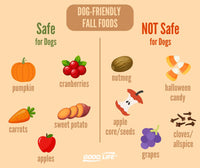
Fall-Friendly Foods for Dogs: What They Can (and Can't) Eat This Holiday Season
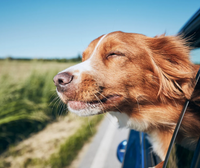
Traveling with your dog doesn’t have to mean constant barking or stress. With preparation, consistency, and the right tools, you can make the season memorable for all the right reasons.
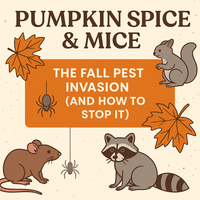
Fall might be the season of pumpkin spice and cozy nights, but it's also prime time for pests to sneak into your home. As temperatures drop, mice, squirrels, raccoons, and spiders go into survival mode. From scratching in the walls to overturned trash cans, these freeloading critters can cause big headaches if you don't stop them early.
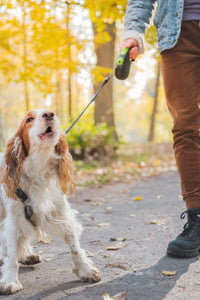
Fall is one of the busiest seasons for wildlife — and that often means more barking from your dog. From squirrels and raccoons to deer in the backyard, autumn critters can stir up a lot of noise and stress. Discover simple, humane solutions to keep pests away and calm the barking so you can enjoy a quieter, cozier season.
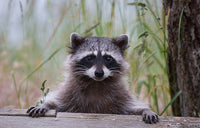
September is here—and with it comes new challenges from pests trying to sneak into your home and garden. Discover simple, humane solutions to keep critters out and your space pest-free all season long!